"88th Regiment NY Volunteer Infantry Regimental Color 56” Hoist X 82” Fly Civil War." New York State Military Musem and Veterans Research Center > Flags. New York State Division of Military and Naval Affairs. Web. dmna.ny.gov
- Available at: http://dmna.ny.gov/historic/btlflags/infantry/88thInfRegimental2010.57.htm
Bilby, Joseph G. The Irish Brigade In The Civil War: The 69th New York and Other Irish Regiments of The Army Of The Potomac. Conshohocken, PA : Combined Pub., 1998.
"Blue for the Union & Green for Ireland." University of Notre Dame Archives. Narrative History > Blue for the Union & Green for Ireland. University of Notre Dame. Web. archives.nd.edu
- Available at: http://archives.nd.edu/flag/bground.htm
Bruce, Susannah Ural. The Harp and the Eagle: Irish-American Volunteers and the Union Army, 1861-1865. New York and London: New York University Press, 2006.
Chadwick, Randy. "The Irish Brigade & 5th New Hampshire in the Wheatfield." The American Civil War > The Battle of Gettysburg > Thursday, July 2, 1863. Randy Chadwick/Brotherswar.com. Web. brotherswar.com
- Available at: http://brotherswar.com/Gettysburg-2g.htm
Corby, The Very Rev. William. Memoirs of Chaplain Life. Chicago IL: La Monte, O'Donnell & Co., 1893.
- Available via Internet Archive at: https://archive.org/details/memoirschaplain00corbuoft
Conyngham, Capt. D.P. (David Power). The Irish Brigade and its Campaigns: With Some Account of the Corcoran Legion, and Sketches of the Principal Officers. New York: William McSorley & Co., 1867.
- Available via Internet Archive at: https://archive.org/details/irishbrigadeand00adgoog
Craughwell, Thomas J. The Greatest Brigade: How the Irish Brigade Cleared the Way to Victory in the American Civil War. Beverly MA: Fair Winds Press, 2011.
Ditterline, Theodore. Sketch of the Battles of Gettysburg, July 1st, 2d, and 3d, 1863: With an Account of the Movements of the Respective Armies for Some Days Previous Thereto. Compiled from the Personal Observation of Eye-Witnesses of the Several Battles, Accompanied by an Explanatory Map. New York: C.A. Alvord, 1863.
- Available via Forgotten Books at: http://www.forgottenbooks.com/books/Sketch_of_the_Battles_of_Gettysburg_July_1st_2D_and_3D_1863_1000498948
- Available via HathiTrust at: http://catalog.hathitrust.org/Record/003539938
- Available via Internet Archive at: https://archive.org/details/sketchbattlesge01dittgoog
Hawks, Steve A. "Hancock Avenue Part 1." Stone Sentinels: The Battle of Gettysburg > Tour the Battlefield. Steve A. Hawks. Web. www.gettysburg.stonesentinels.com
- Available at: http://www.gettysburg.stonesentinels.com/Tours/Hancock1.php
Hawks, Steve A. "Sickles Avenue - the Rose Woods." Stone Sentinels: The Battle of Gettysburg > Tour the Battlefield. Steve A. Hawks. Web. www.gettysburg.stonesentinels.com
- Available at: http://www.gettysburg.stonesentinels.com/Tours/Sickles-Rose_Woods.php
Homula, Michael. "Father Corby and the Fighting Irish." Worldview Warriors. Sunday, June 8, 2014. Worldview Warriors. Blog. worldviewwarriors.blogspot.com
- Available at: http://worldviewwarriors.blogspot.com/2014/06/father-corby-and-fighting-irish.html
Kutzner, Dennis L. "An Irish Priest in the Irish Brigade." Gettysburg Campfires > Divine Connections. Dennis L. Kutzner/Gettysburg Campfires. Web. www.gettysburgcampfires.com
- Available at: http://www.gettysburgcampfires.com/shortstories.html
Lysy, Peter J. Blue for the Union & Green for Ireland: The Civil War Flags of the 63rd Regiment New York Volunteers, Irish Brigade. South Bend IN: Archives of the University of Notre Dame. 2001.
McNamara, Pat. "Military Mass During the Civil War, 1864." McNamara's Blog. May 26, 2014. Pat McNamara. Blog. www.patheos.com
- Available at: http://www.patheos.com/blogs/mcnamarasblog/2014/05/military-mass-during-the-civil-war-1864.html
Mulholland, St. Clair A. The Story of the 116th Regiment Pennslvania Volunteers in the War of the Rebellion. Philadelphia PA: F. McManus, Jr. & Co., 1903.
- Available via Internet Archive at: https://archive.org/details/storyofthregi00mulh
O'Grady, Capt. W.L.D. (William Louis Dillon). "Historical Sketch of the 88th." New York State Military Museum > Unit History Project. Last modified March 28, 2006. New York State Military Museum and Veterans Research Center. Web. dmna.ny.gov
- Available at: http://dmna.ny.gov/historic/reghist/civil/infantry/88thInf/88thInfHistSketch.htm
Pfanz, Harry W. Gettysburg: The Second Day. Chapel Hill NC: University of North Carolina Press, 1987.
Pfanz, Harry W., and Scott Hartwig. "July 2 - The Wheatfield." National Park Service > History E-Library > The Civil War Series - The Battle of Gettysburg. National Park Service. Web. www.nps.gov
- Available at: http://www.nps.gov/history/history/online_books/civil_war_series/16/sec8.htm
Pfanz, Harry W., and Scott Hartwig. The Battle of Gettysburg. National Park Civil War Series. Fort Washington PA: Eastern National Park and Monument Association, 1994.
"Rev. William Corby at Gettysburg." Notre Dame Archives News & Notes. July 2, 2013. University of Notre Dame. Web. www.archives.nd.edu
- Available at: http://www.archives.nd.edu/about/news/index.php/2013/corby-gettysburg/#.U7CWz_m-18E
Schmidt, James M. Notre Dame and the Civil War: Marching Onward to Victory. Charleston SC: The History Press, 2010.
Shiels, Damian. "A Civil War Flag for the Irish People." Irish in the American Civil War. December 2, 2010. Damian Shiels. Blog. irishamericancivilwar.com
- Available at: http://irishamericancivilwar.com/2010/12/02/a-civil-war-flag-for-the-irish-people/
Shiels, Damian. The Irish in the American Civil War. Dublin Ireland: The History Press Ireland, 2013.
Trumbull, H. Clay. War Memories of an Army Chaplain. New York: Charles Scribner's Sons, 1898.
- Available via Internet Archive at: https://archive.org/details/warmemories00trumrich
"The Wheatfield." Echoes of Gettysburg. TheEchoesofGettysburg.com. Web. theechoesofgettysburg.com
- Available at: http://theechoesofgettysburg.com/id27.html


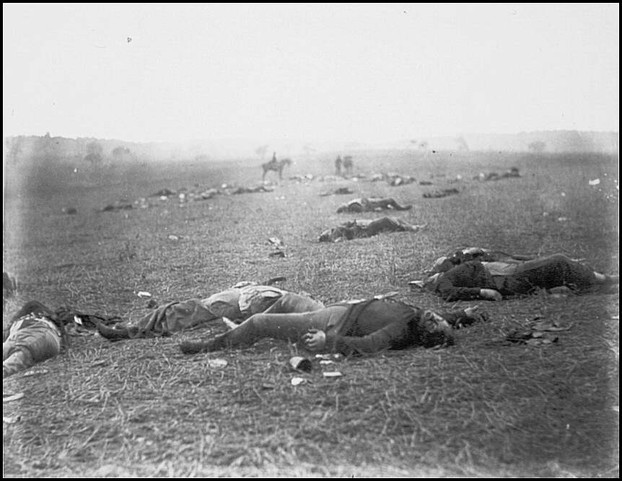
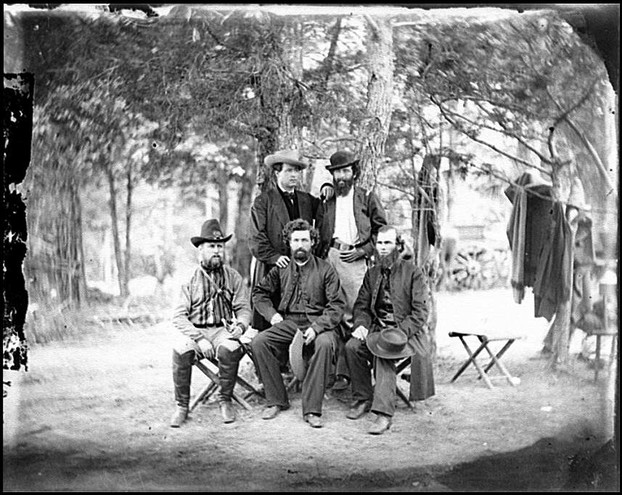
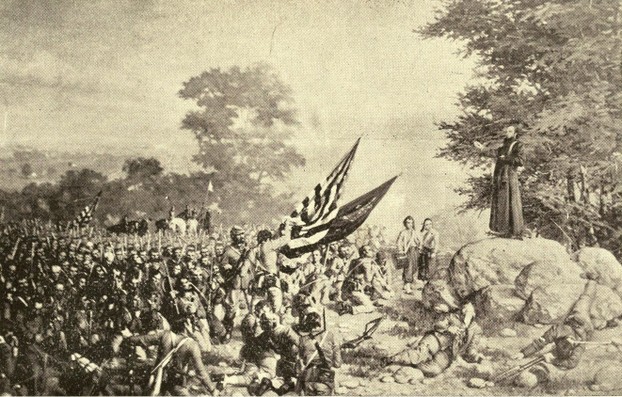
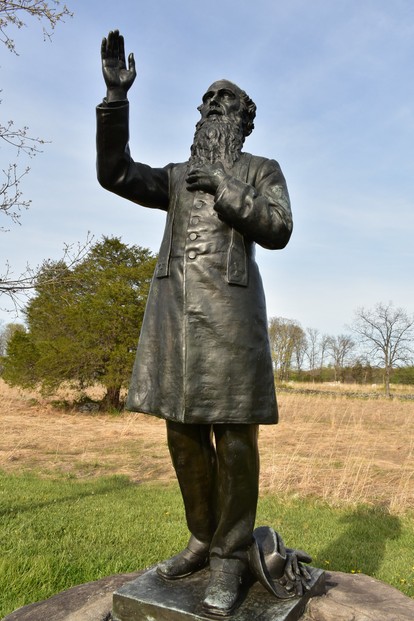
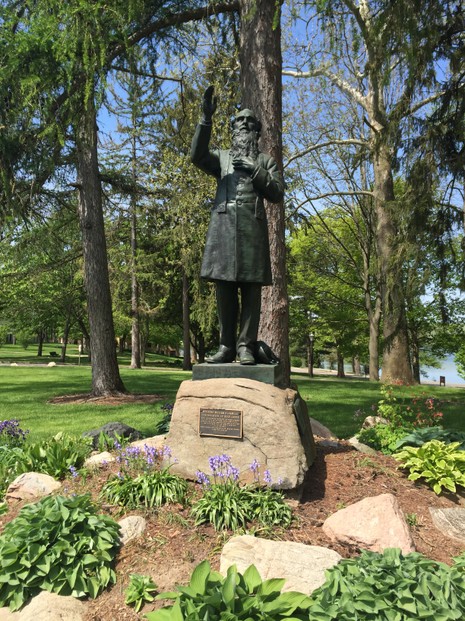
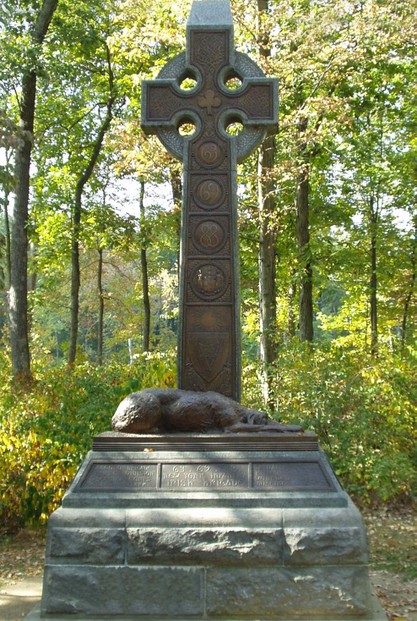
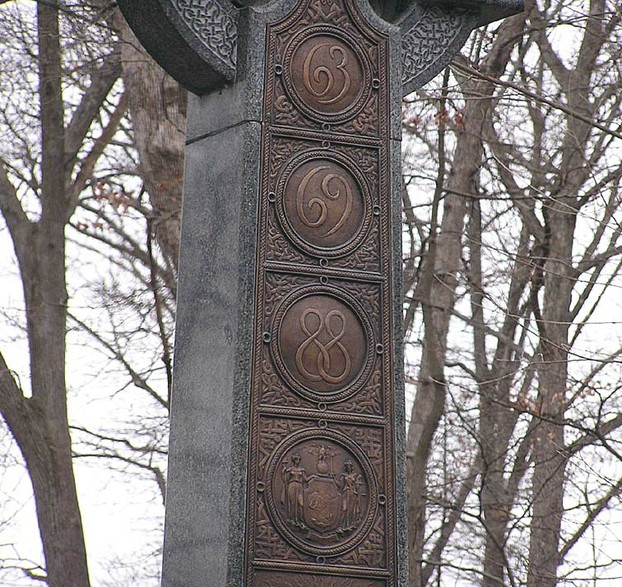
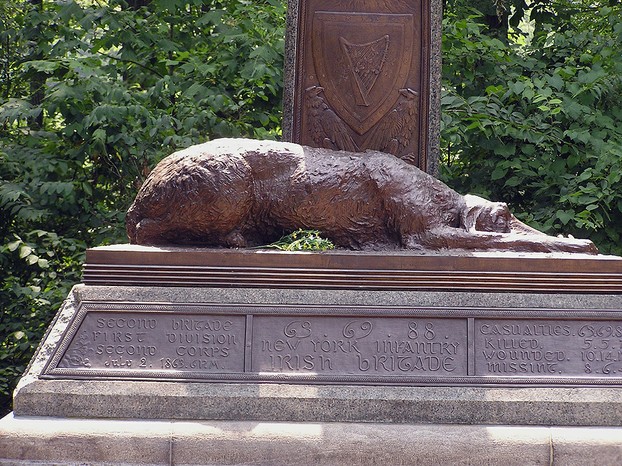
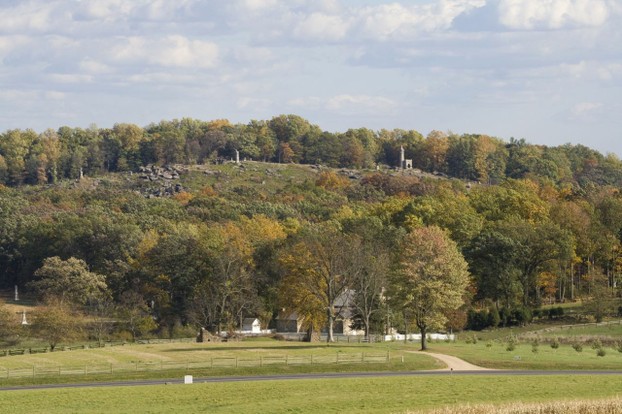
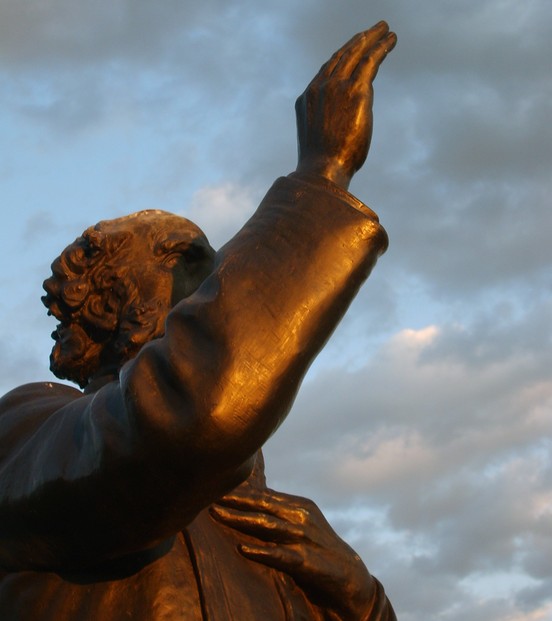
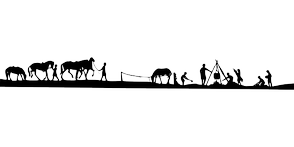


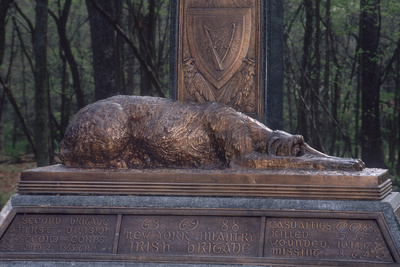
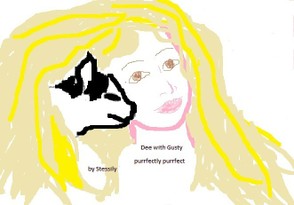
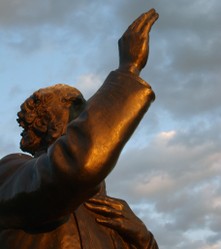

 Are Hawaiian Huakai Po Nightmarchers Avenging Halloween Thursday?on 10/02/2024
Are Hawaiian Huakai Po Nightmarchers Avenging Halloween Thursday?on 10/02/2024
 Mailing Addresses for 2023 Form 4868 Extending 1040 and 1040SR April 15, 2024, Due Dateon 04/15/2024
Mailing Addresses for 2023 Form 4868 Extending 1040 and 1040SR April 15, 2024, Due Dateon 04/15/2024
 Mailing Addresses for 2023 Forms 1040 and 1040SR Filed in 2024on 04/15/2024
Mailing Addresses for 2023 Forms 1040 and 1040SR Filed in 2024on 04/15/2024
 Mailing Addresses for 2022 Form 4868 Extending 1040 and 1040SR April 18, 2023, Due Dateon 04/13/2023
Mailing Addresses for 2022 Form 4868 Extending 1040 and 1040SR April 18, 2023, Due Dateon 04/13/2023

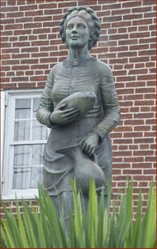
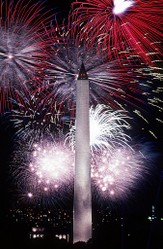
Comments
Maritravel, Thank you! It's a name of uncertain etymology and often is assigned the meaning of "sorrowful." But the Celts know how to beautify sadness via their music. Another meaning that's offered is "mysterious."
Thanks for the explanation of your name. It's a lovely name, whether spelt in Gaelic form or otherwise.
ologsinquito, Thank you. I am honored that you are pinning my tribute to Father Corby on your Catholic boards. My admiration of Father Corby is longstanding.
Maritravel, Gettysburg has exerted a fascination for American and international visitors for generations, and Father Corby's monument is a popular attraction because of its message of faith, love, and hope. I'm happy that you learned something new -- and essentially positive -- about the Civil War by way of my tribute to Father Corby.
Yes, Derdriu is a Gaelic version of Deirdre. It is pronounced as Der (rhymes with "hare") - dree - u.
Another variation is Derderiu, inserting an "e" between the distinctive "dr" consonant cluster.
frankbeswick, Thank you for sharing your perceptions, which align with my purpose in writing my trilogy on Gettysburg: to show the human side of the conflict. Gettysburg is an outstanding example of this message of humanity in the midst of warfare: the bloodiest battle of the American Civil War also made space for soaring examples of benevolence.
What a nice story, which, I'm sure, many people haven't heard before. I'm pinning it to one of my large Catholic boards.
I really enjoyed this article Derdriu. It taught me something I didn't know about that period and that war. Wondering also how you pronounce your name. Is it a more Gaelic version of Deirdre? (I thought this spelling was Gaelic).
This was an excellent piece of religious and military history. It should make people realize that military history is not just about the tactics and weaponry, but about the human side of conflict.